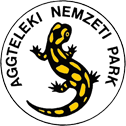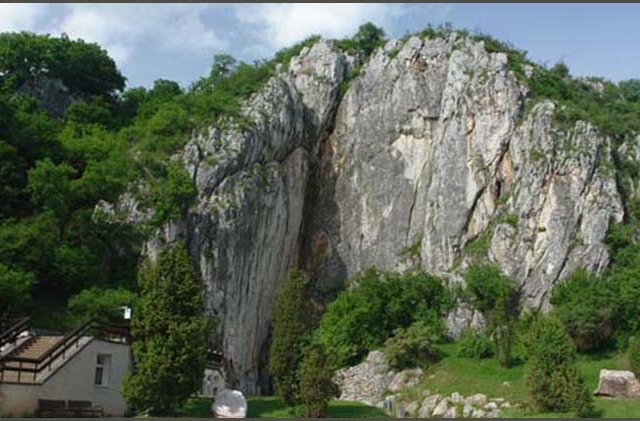Medieval Churches in Aggtelek National Park
(by municipality)
Rakacaszend
The old name of the village was Szend, appearing as "Zenth" in old charters, meaning saint. Its church was first mentioned in historical documents during the 14th century. The Romanesque Calvinist church was built during two distinct periods. While the frescoes revealed within the sanctuary and along triumphal arch date from medieval times, the painted wooden ceiling was clearly installed in the 1600s. The ornamentation is of special historical value. The main landowner in the village was the Szendi family. The village was destroyed following the capture of Buda by the Turks in 1541. The village was later repopulated by the new major landowners, the Lorántffy and Rákóczi Families.
The name of Rudabánya originates from the Old Slavic word ruda, meaning ore or iron ore. Inside its Gothic Calvinist church is a medieval fresco, as well as one of the largest examples of a painted wooden ceiling in historical Gömör County. The ceiling consists of 120 panels decorated in various styles. Two ancient tombs occupy the right side of the church. István Perényi was born in the 15th century and was the head steward (1431–36) and head of the treasury for King Zsigmond (1368 –1437). Upon the 14th century iron door, the Anjou coat of arms, a maker’s mark and German writing is visible.
The Árpád Dynasty Calvinist church was originally built by Catholics in the 11th century. A square-shaped nave was added to the rotunda in the 13th century. The restored remains of a 13th century fresco depicting the life of Saint Margaret of Antioch adorns the wall of the rotunda. During the 15th century, master painter András from Szeppeség created several additional circular paintings of prophets to the sides of the main fresco. The church came into Calvinist possession in 1598, and the independent belfry was added in 1765. Masses are still held in the protected monument on Sundays at 11am. Visitors may see the interior by calling the number of the caretakers posted at the gate.
The 12th century Arpád Daynasty Catholic church looks out upon the beautiful landscape from atop a hill. The rare dedication to a pair of saints is a reflection of the religious traditions of Italian miners from Tyrol working at the nearby Esztramos iron ore mine. One apse is occupied by the church’s patron Saint Andrew, while another apse is occupied by Saint Barbara the patron saint of miners. The altar from the ruined Szád Castle chapel found a new place of honour here. Medieval frescoes of the saints decorate the galleries’ painted wooden ceilings. Tornaszentandrás did not escape damage during the Turkish invasion. The village was burned to the ground in 1576 and the faces of the saints in the fresco were gouged out.
The gothic-style parish church was erected during the 12th century Árpád Dynasty. In 1299, the church was damaged the surrounding villages were destroyed by neighbouring nobles. During reconstruction, one window replaced the original two. The village became the residence of the Zubogy Family in the 1300s, at which time the church’s interior frescoes were also painted. The 16th century saw the original sanctuary torn out and replaced with a polygonal gothic-style sanctuary and two tracery windows were added. During the late 16th century, local residents converted to Calvinism and the church followed suit. The 17th century saw the village alternatively destroyed by the Turks and the Hungarian-Austrian soldiers. It was not until 1710 that reconstruction efforts could begin. The ceiling was painted in 1726, but it the work was unlikely the work of a master. New windows were cut and an entrance vestibule was added in 1750. Since then, buttresses were added, but the church appears as it did in 1758 and is considered a first class national monument.

